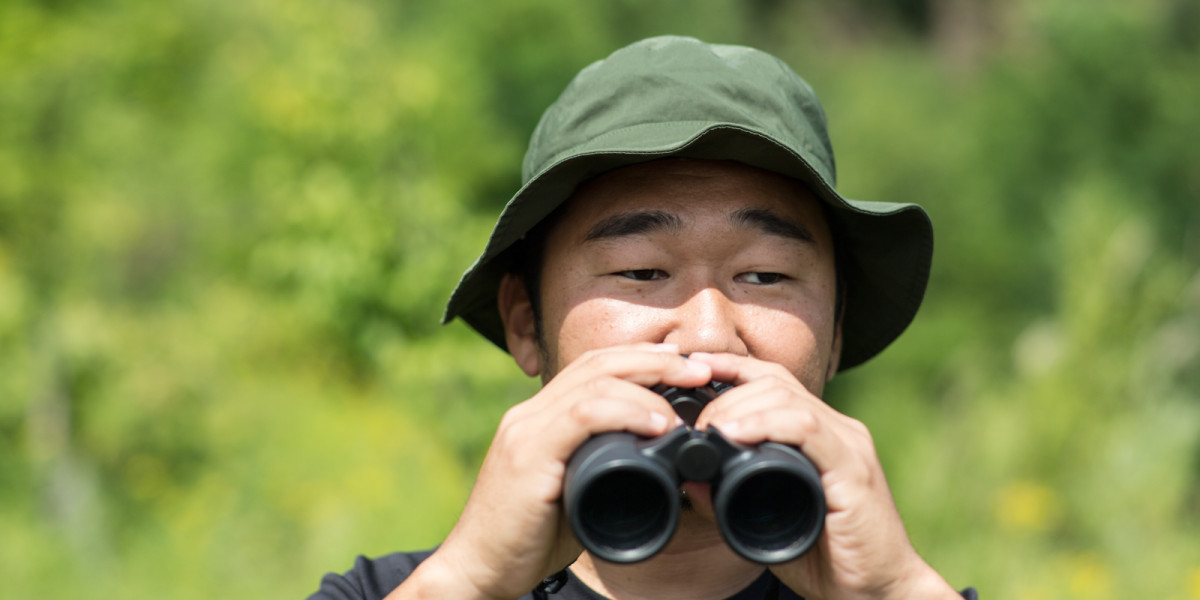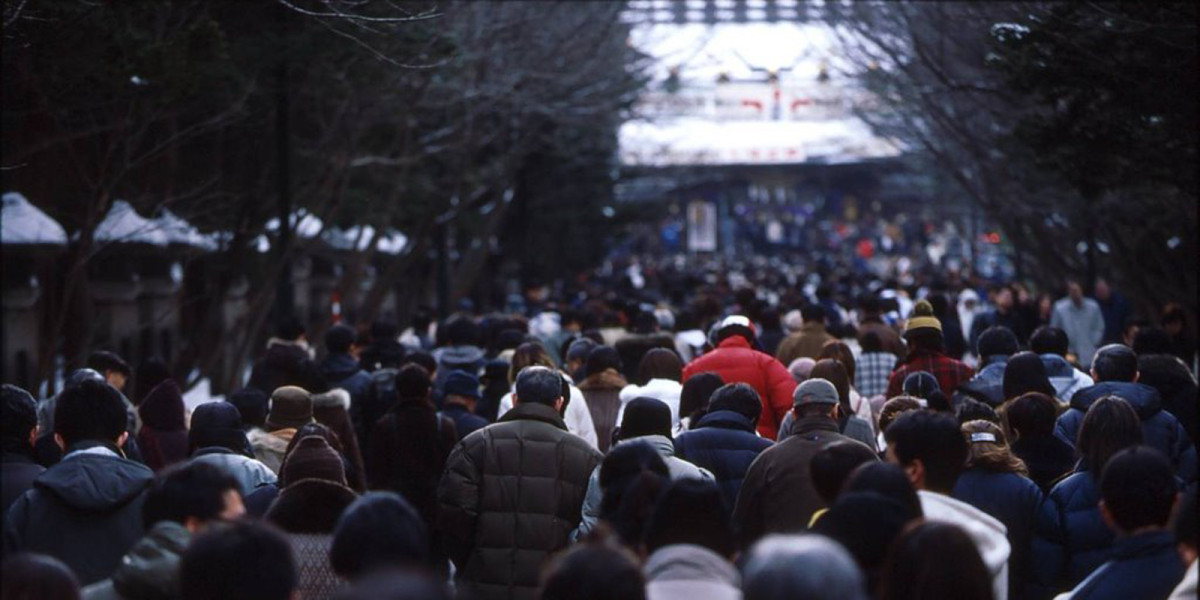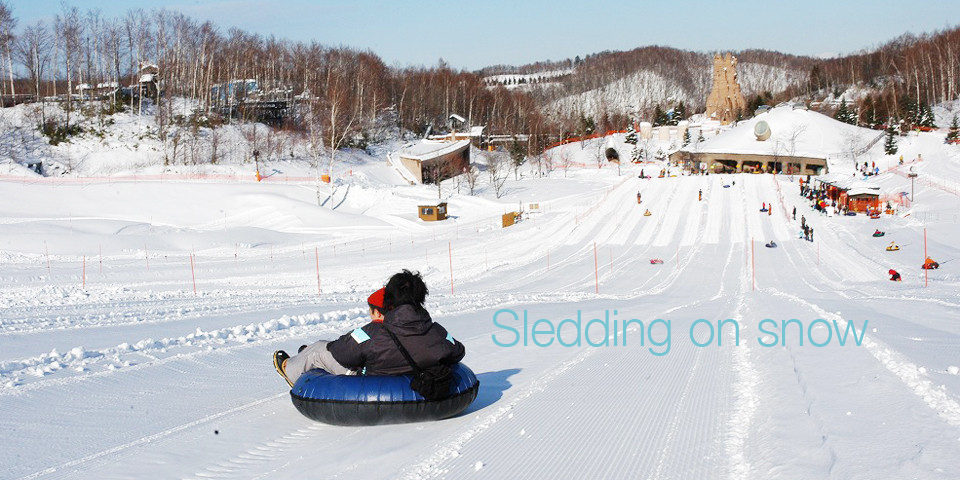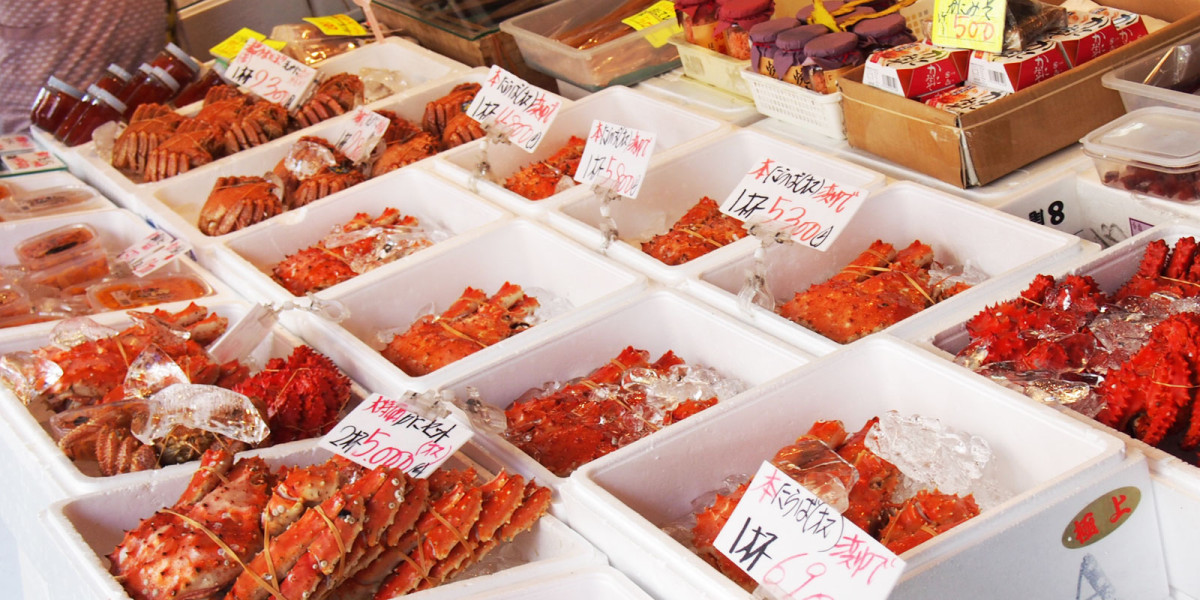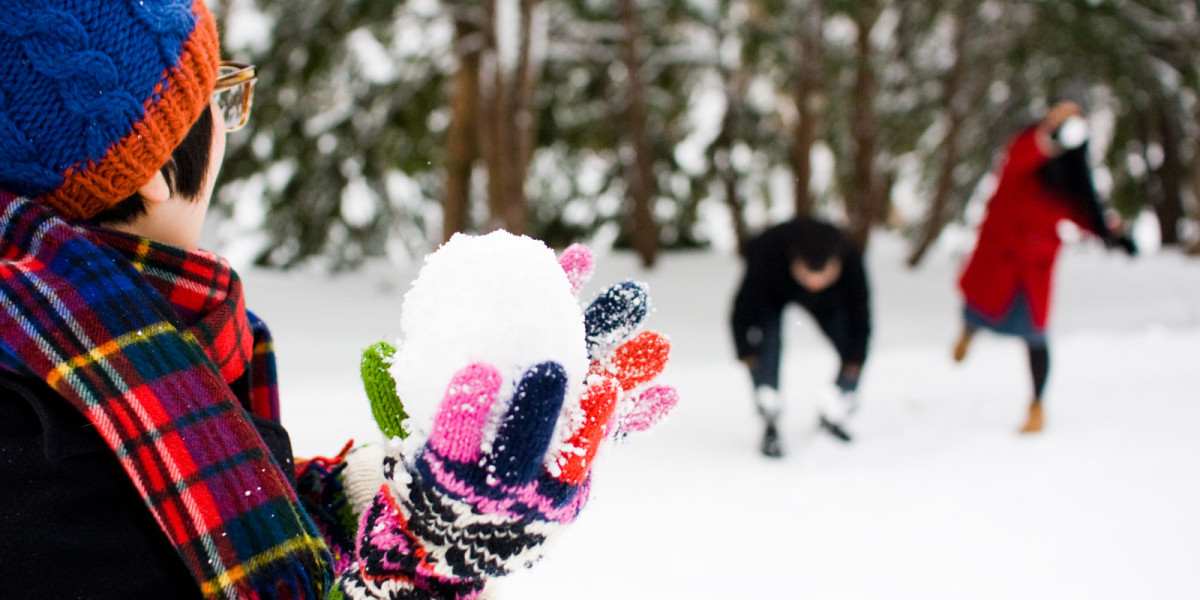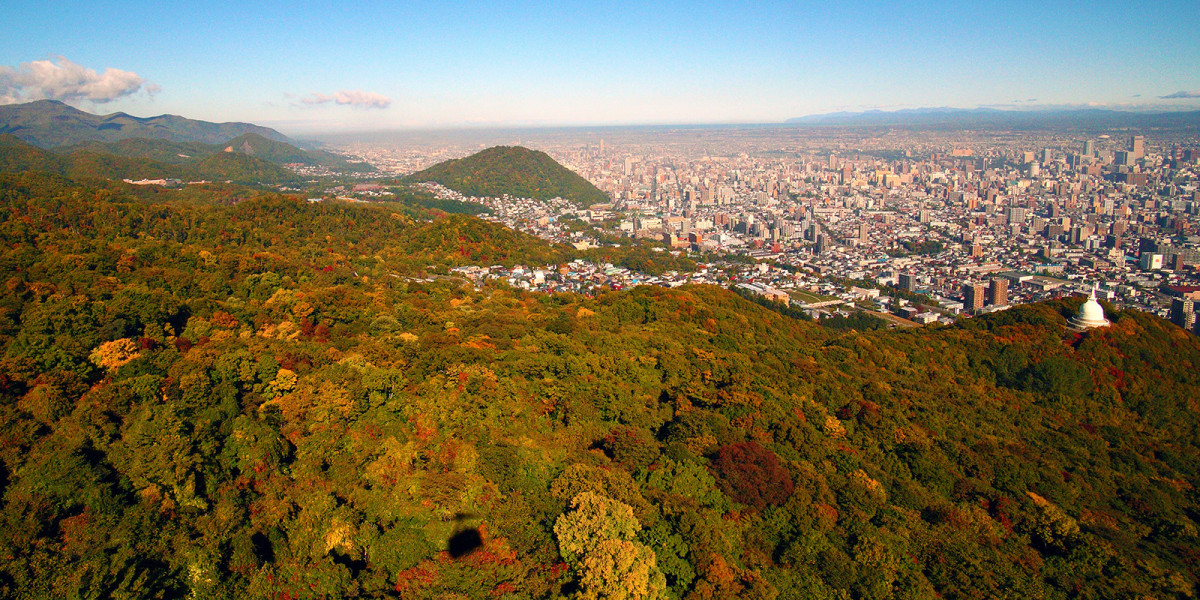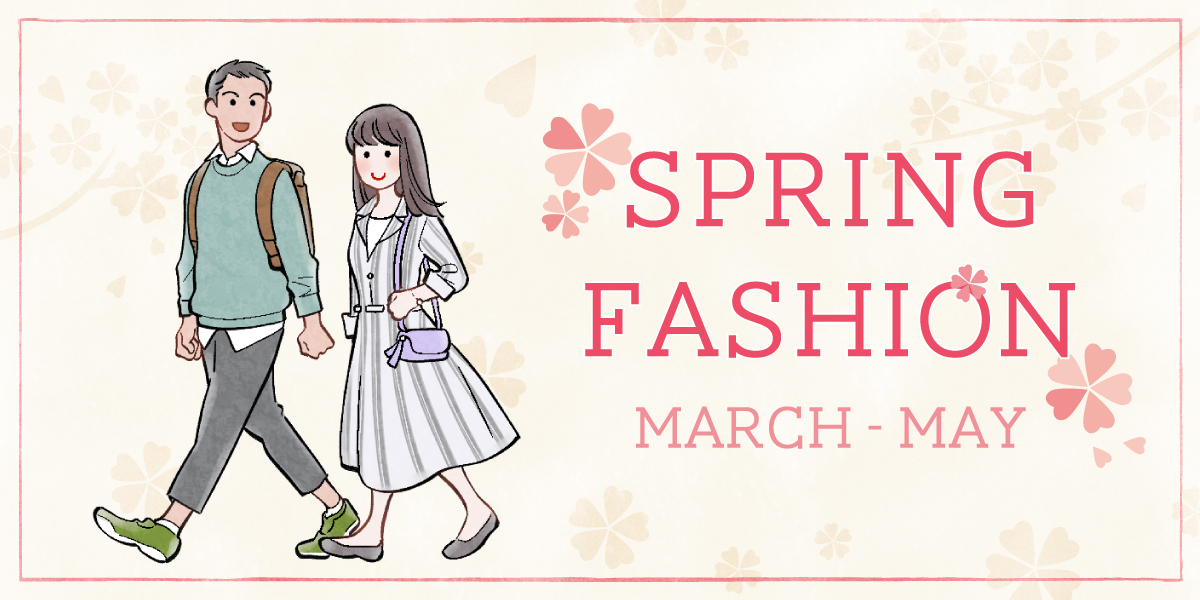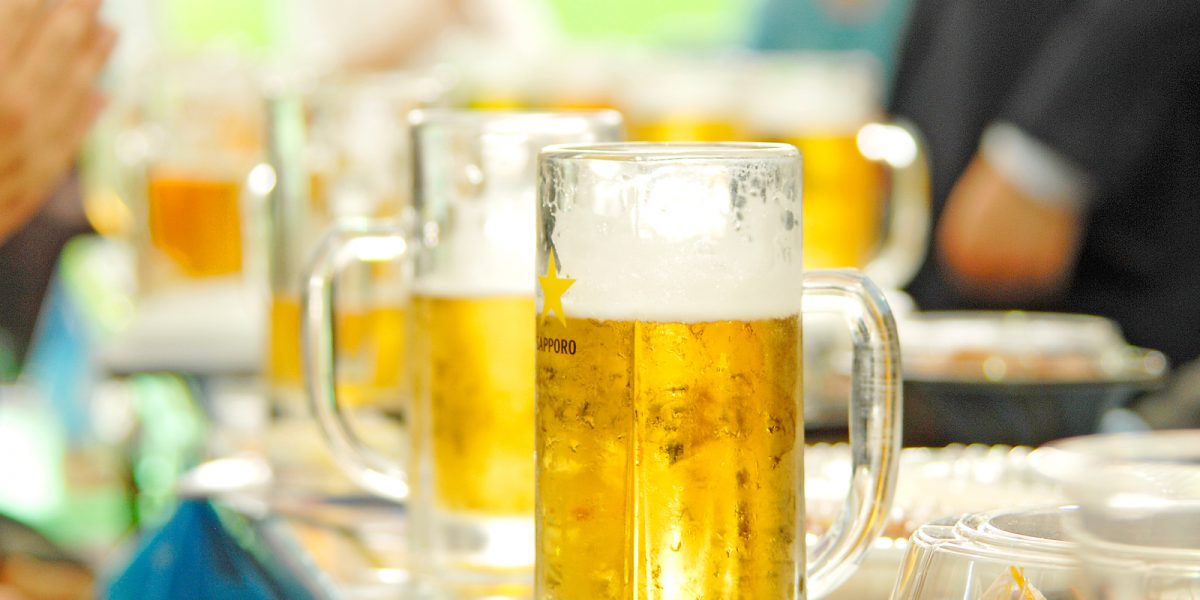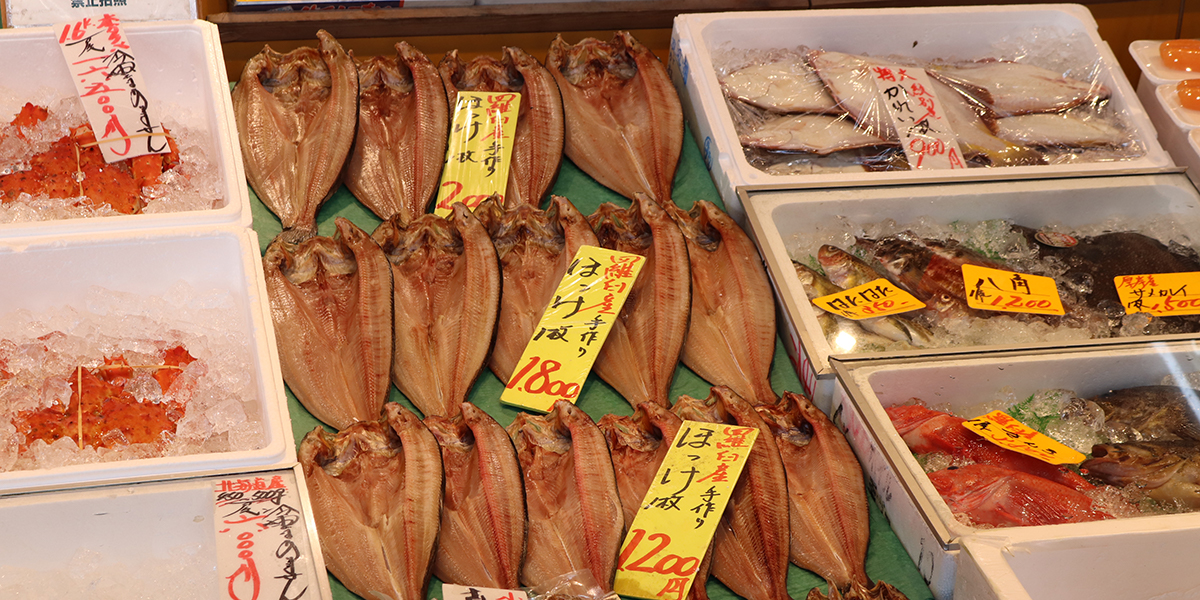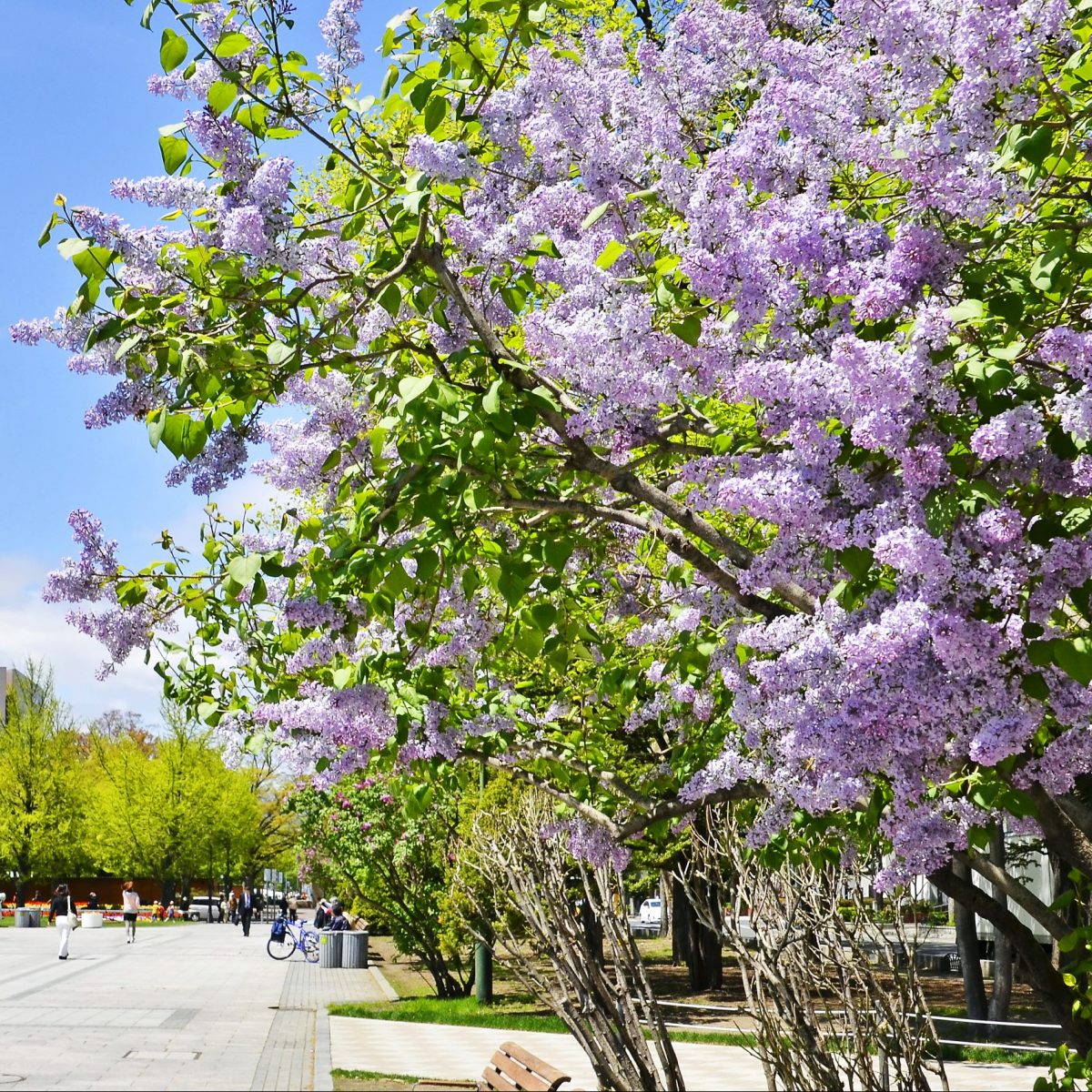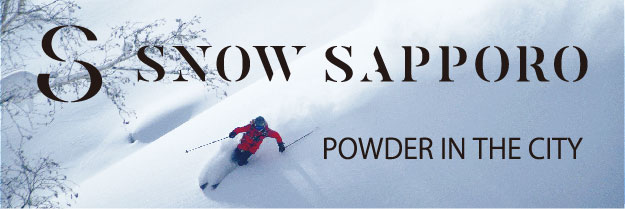To experience a city is to learn about it
The city of Sapporo is surrounded by forests and mountains such as Mt. Teine, Mt. Maruyama, and Mt. Moiwa, and the changing colors of the trees throughout the four seasons add color to our lives. Nature and animals quietly reside side by side with a population of approximately 2 million. On this occasion, we spoke to Mr. Miyakawa Yukichika, who plans eco-tours that offer participants a rich historical, cultural, and environmental experience of the region, about his relationship with Sapporo.
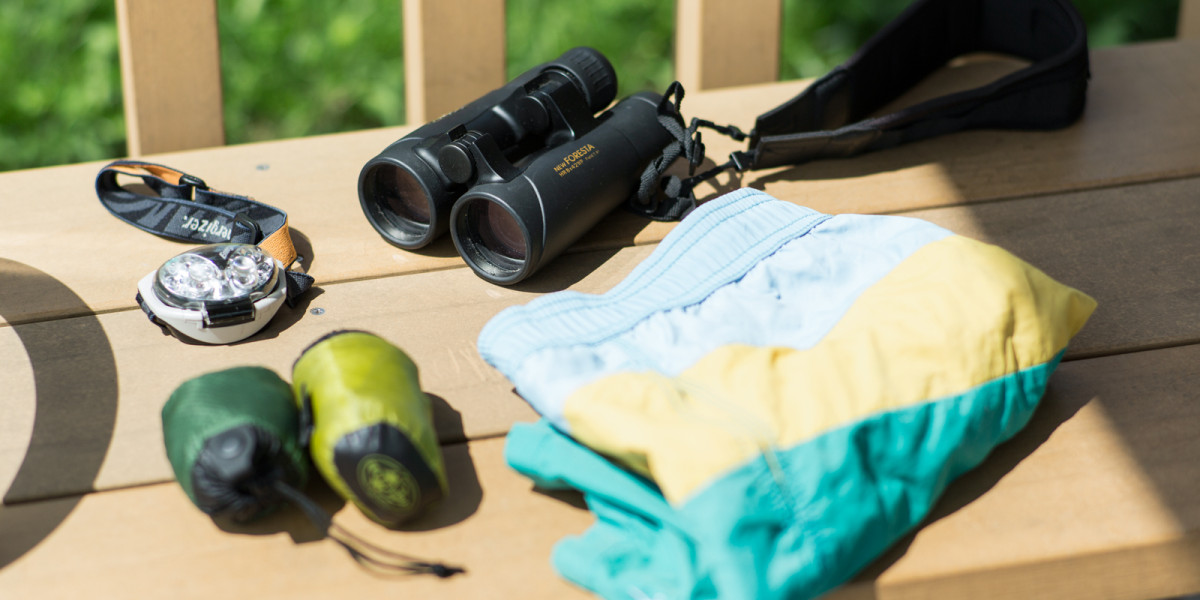
“Sapporo is a city where you can experience how interesting nature is.”
Originally from Kanazawa City in Ishikawa Prefecture, Mr. Miyakawa travelled around Japan after graduating from high school before eventually crossing to the United States. There, he studied interior design while learning about the outdoors at a company that specialized in planning adventure tours. Upon returning to Japan, he followed his Sapporo-native teacher’s command to “Go to Sapporo!”
“Sapporo was the first big city I’d ever lived in, but it has Mt. Moiwa, Mt. Maruyama, and there are virgin and primeval forests in Nopporo Forest Park. Sapporo is right in the middle of northern and southern climates; if you look at it on a world map, it’s at the southernmost tip of the tundra and taiga climate zones, and the northernmost end of temperate and subtropical climate zones. So if you walk around Sapporo’s forests, there will be plenty of discoveries, because you can see plants from both climates.” What makes Sapporo’s forests so interesting is how they are both the natural boundary between north and south and the boundary between nature and mankind, he says.
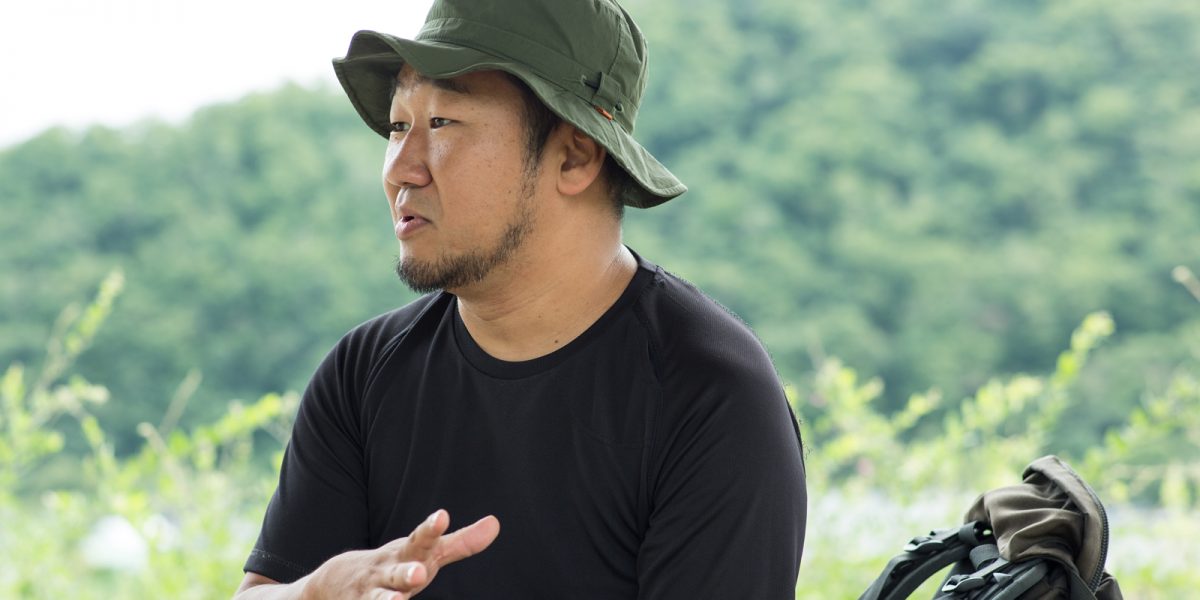
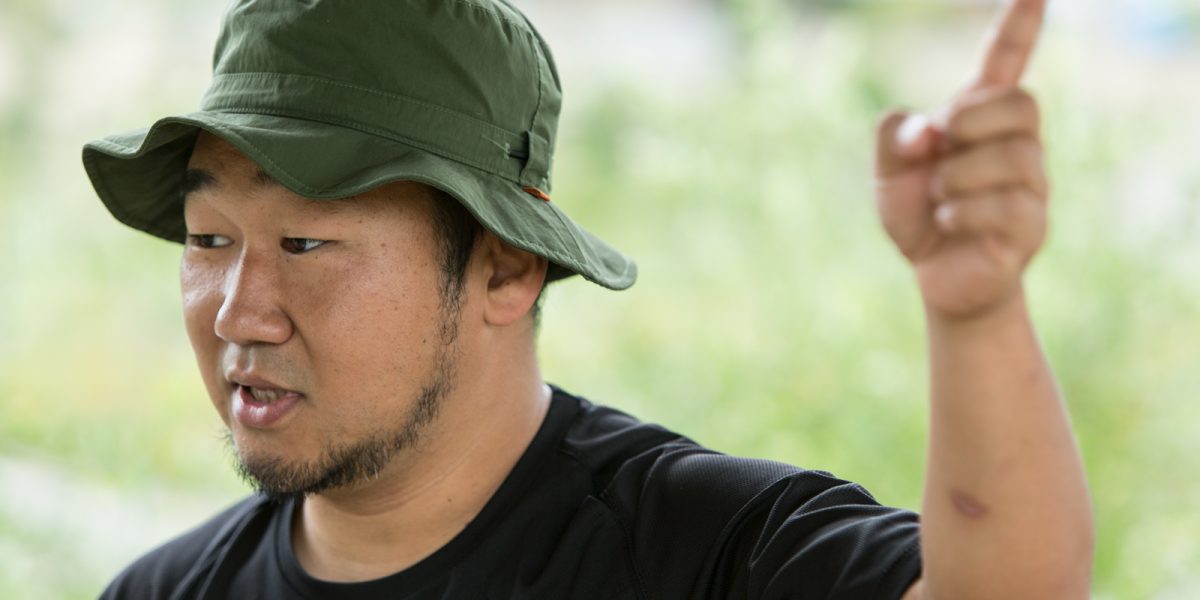
“The important thing is to experience and understand it for yourself.”
After waking, if he sees that the weather is good, Miyakawa says he will go into the forest. Although there are many interesting things happening in the cities bustling with people, he wants to create the opportunities for people to experience the incredible things that take place in the mountains and forests.
“You never know what will happen in nature. People always want to share their space with others, whether it’s a good time with friends or when something is hopelessly wrong. The trees you see now in nature are constantly growing or decomposing—the winds that blow or the climate there can never be felt in the same way twice. The trees growing on Mt. Moiwa and Mt. Maruyama have been there for hundreds of years. They were there way before we were born, and they’ll probably be there long after we die. So you might think there isn’t any change. But if you visit, you’ll find that the environment is changing every time, and there is something different there. I think it’s a very fortunate thing to be able to live in a place where we can always feel those changes.
If I’m alone, it’ll take me about 40 minutes to climb Mt. Moiwa, but during tours it takes around an hour and a half to two hours because I will explain about the mountain and plants.
During such time, it’s important for the participants to be curious about their surroundings, and for us to observe together the characteristics and properties of the plants and trees they take particular note of.
You can learn the names of flowers and trees in a guidebook, but to really “know” them, I think you have to use all of your senses.
In the coming season, you can go snowshoeing in the mountains covered with snow. It’s the perfect time to see larger trees that are usually hidden from view, and it’s also good for bird-watching because all the leaves will have fallen. The forest is quiet in summer too, but in winter, it’s so quiet you think to yourself, “Is this really Sapporo?” The nighttime walks we do in winter are particularly quiet, and during the one hour and a half tour, you can actually forget you’re in Sapporo. It’s always a surprise to see how close the city is when you see the skyline at night.”
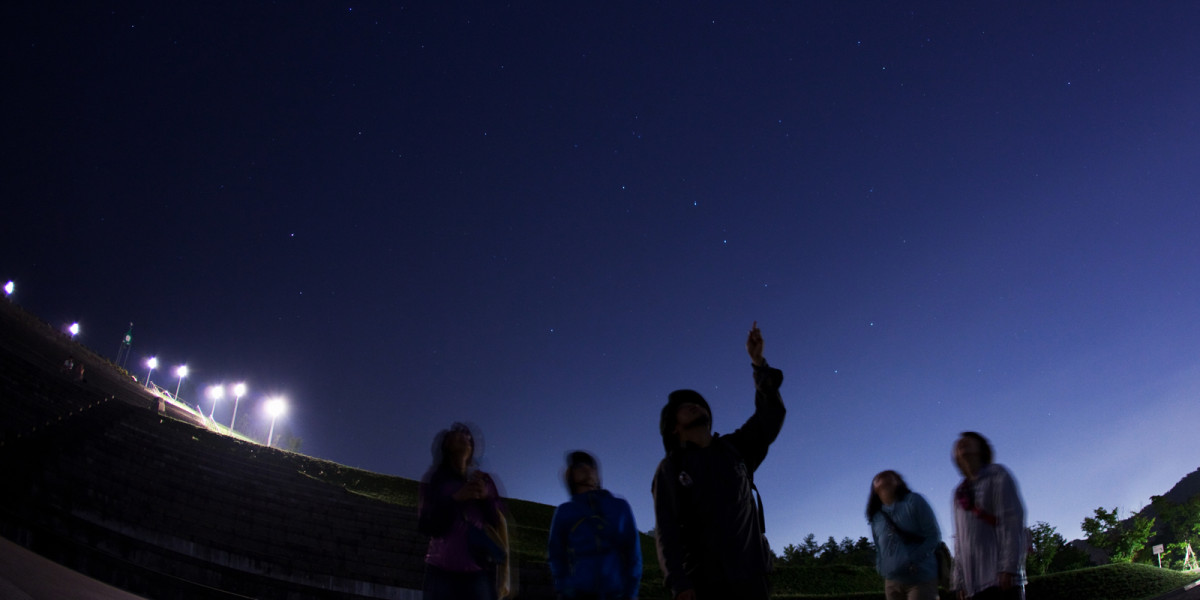
“Asking ‘what is this?’ is the key to understanding.”
“My friends and I worked together to build BARCOM Sapporo, which is a place where people can casually enjoy Hokkaido’s nature, history, and particular environment. I also work at the bar, and help select the wines we serve from within Japan and overseas. Most of the vegetables we serve are grown by farmers we have face to face acquaintance with, and we also visit the fields where the vegetables are grown. Since we know the areas surrounding the fields, we serve as a middleman between our customers and the ingredients. We sometimes bring along some wine and put on a moon-viewing night hike or a picnic.
The store is a place to find opportunities to have new experiences. I want to create more chances for people to know about Sapporo’s environment.”
“Journeys are an extension of the everyday,” says Mr. Miyakawa. If we continue to ask ourselves “what is this?” perhaps we will find that there are endless discoveries in the nature that surrounds us, without the need to go to faraway countries. And perhaps, if we apply this perspective to a broad range of things besides learning about nature, we might come to see Sapporo in a different light as well.
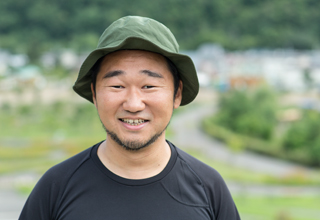
Yukichika Miyakawa
Nature guide and eco-tour coordinator
Born in Kanazawa City, Ishikawa Prefecture in 1972. Spent much of his twenties overseas in the U.S.A., Costa Rica, Mongolia, etc. where he learned about eco-tourism. After moving to Hokkaido, he established himself as a nature guide and eco-tour coordinator. In addition to being a land operator for all areas of Hokkaido, he currently writes about his experiences and eco-tours in nature magazines.

